Ask AI on The Internet
Question: Determination of Cu2+ concentration by making use of a UV/vis spectrophotometer PRACTICAL WAS CONDUCTED THE UNKNOWN CONCENTRATION FROM ABSORBANCE 0.6701 WAS FOUND FROM THE STANDARD CURVE TO BE 1.78 PPM THE SLOPE WHICH IS THE MOLAR ABSORPTIVITY WAS FOUND TO BE 0.1998 , THE R^2 WAS FOUND TO BE 0.9733 DISCUSS THE RESULTS AND CONCLUDE
To discuss and conclude the results of your determination of Cu²⁺ concentration using UV/vis spectrophotometry, we need to consider several factors including the experimental findings and the quality of the data. ### Experimental Findings: 1. **Unknown Sample Absorbance**: 0.6701 2. **Concentration of Unknown (from Standard Curve)**: 1.78 ppm 3. **Molar Absorptivity (Slope from Standard Curve)**: 0.1998 ppm⁻¹ (assuming you have used ppm units in your calculations) 4. **Coefficient of Determination (R²)**: 0.9733 ### Discussion: 1. **Accuracy and Precision**: - The unknown sample’s concentration is determined to be 1.78 ppm based on an absorbance of 0.6701 using the standard curve. This implies that the methodology applied is efficient in estimating the concentration within the range covered by your standards. - An R² value of 0.9733 indicates good linearity of your standard curve, suggesting reliable calibration points and strong correlation between absorbance and concentration. 2. **Standard Curve and Molar Absorptivity**: - The slope (0.1998 ppm⁻¹) is referred to as the molar absorptivity in Beer's Law, but it should technically be given in units of L⋅mol⁻¹⋅cm⁻¹ if you are working with molarity. Ensure that your units are consistent throughout the analysis. - Based on a high R² value, the experimental data closely matches the linear model, implying minimal deviation in your measurements and a well-prepared set of standards. 3. **Practical Execution and Sources of Error**: - Ensure that the samples and standards were prepared and handled consistently to avoid systematic errors. - Check the calibration and performance of the UV/vis spectrophotometer to ensure it was functioning correctly during measurements. - Consider possible interferences that might have caused deviations in absorbance readings; these need to be accounted for in the final analysis. 4. **Comparison to Expected Results**: - Compare the determined concentration of 1.78 ppm with any known or expected concentrations if available. This helps in validating your practical results. - Evaluate the standard deviations if performed multiple trials, to understand the precision of your results. ### Conclusion: - The obtained concentration of Cu²⁺ in the unknown sample is 1.78 ppm, based on the absorbance value of 0.6701 and the standard curve with high linearity (R² = 0.9733). - High R² value denotes a reliable and linear relationship between absorbance and concentration for your standards. - While there's confidence in the results due to a good calibration curve, it's important to account for potential errors or interferences that could affect absorbance readings. - If consistent methodology and properly calibrated instruments were used, you can conclude confidence in the practical execution and reliability of your Cu²⁺ concentration determination. For further accuracy, replicate the experiment, control all variables efficiently, and compare with known references or standards where possible.
Think your answer is better than the AI's? Post it below.
Other Most Relevant Posts:
Question Tags
If you want your question answered by an AI, click here.
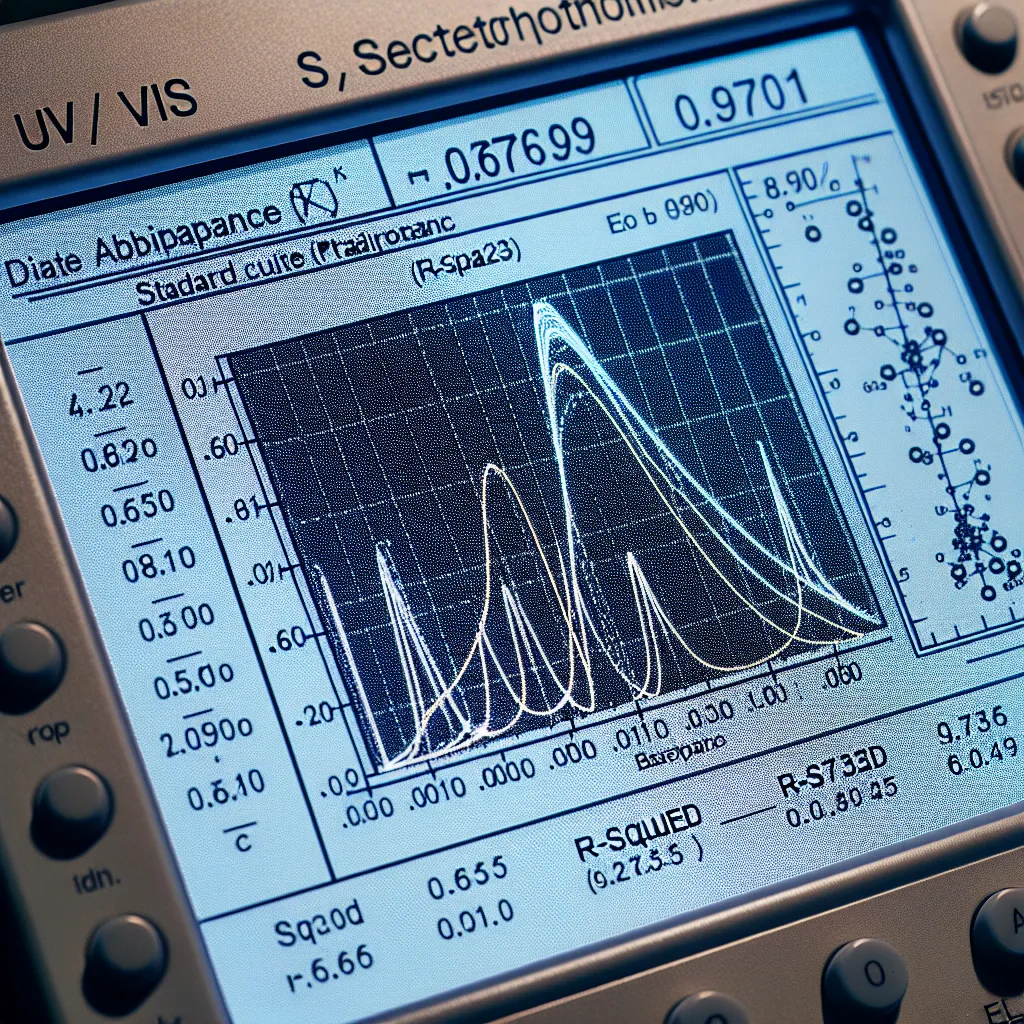
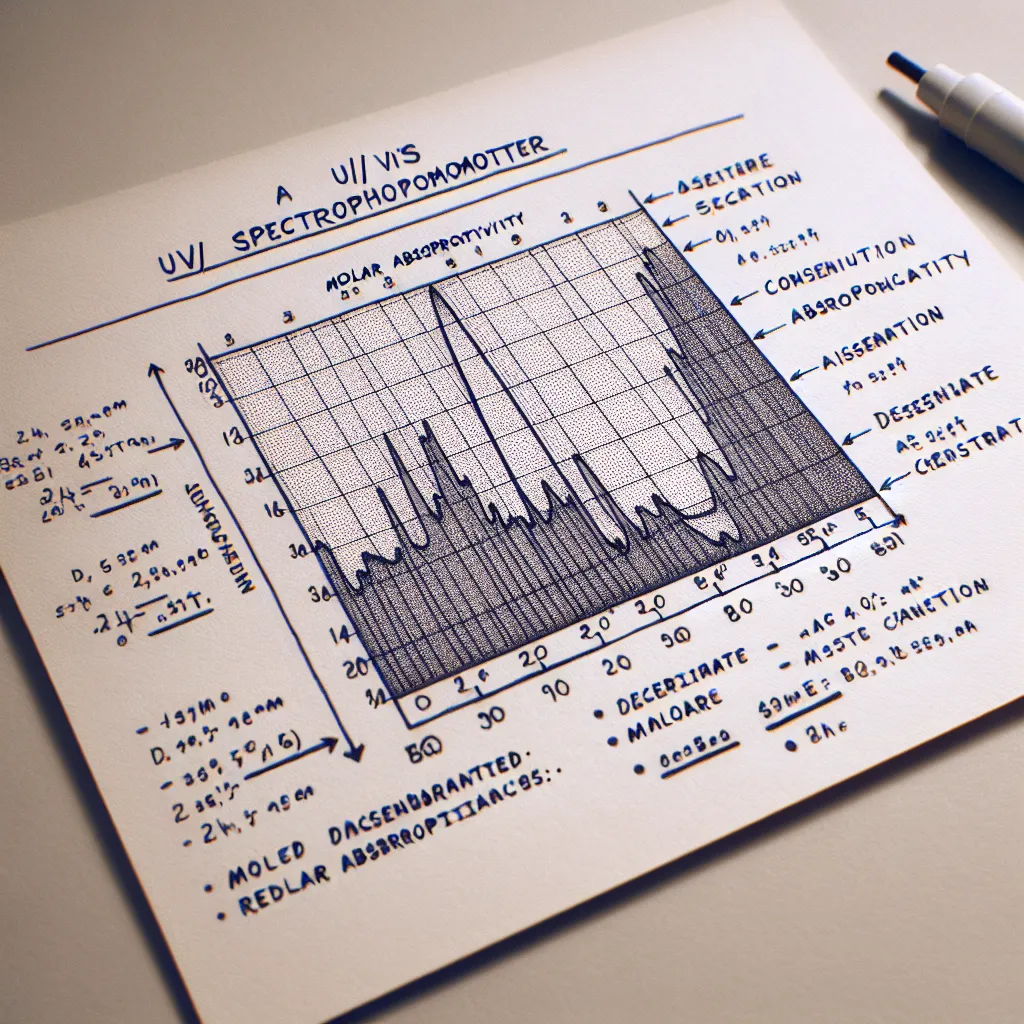
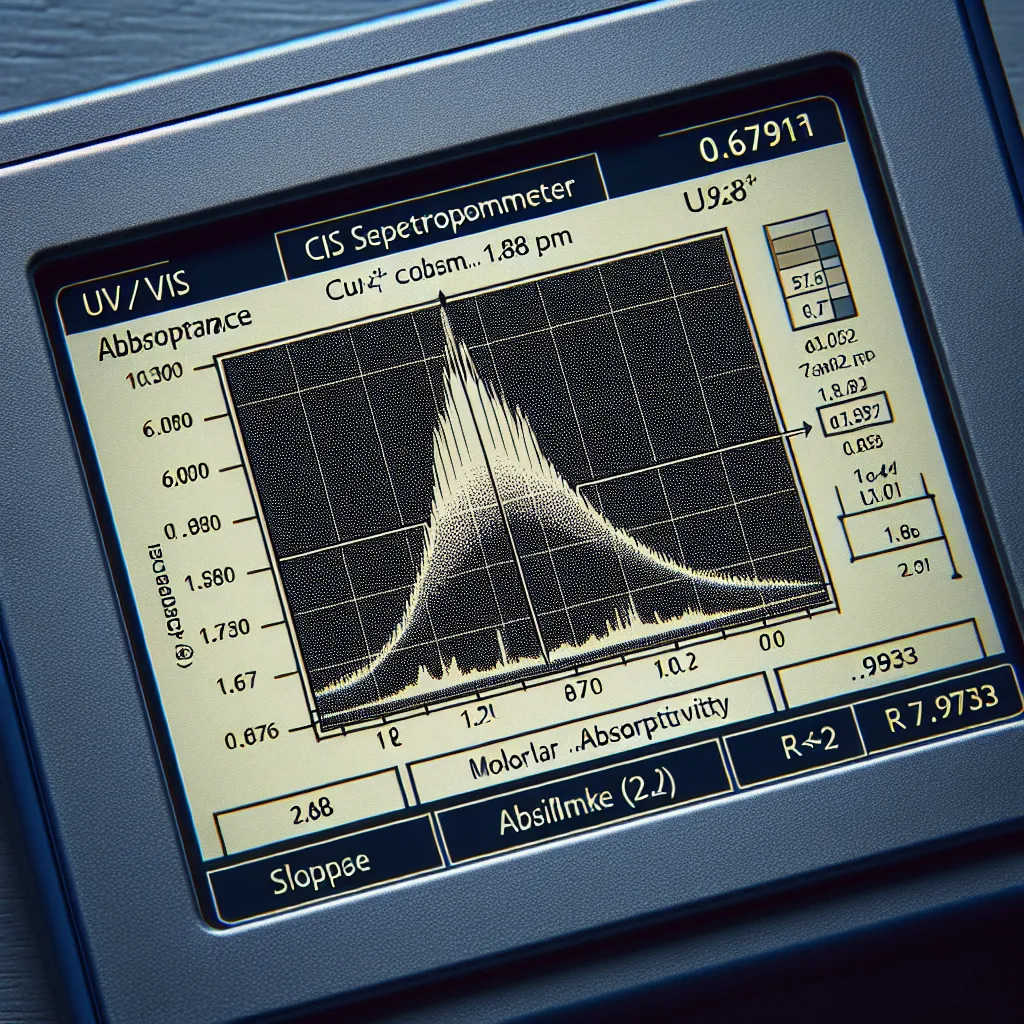
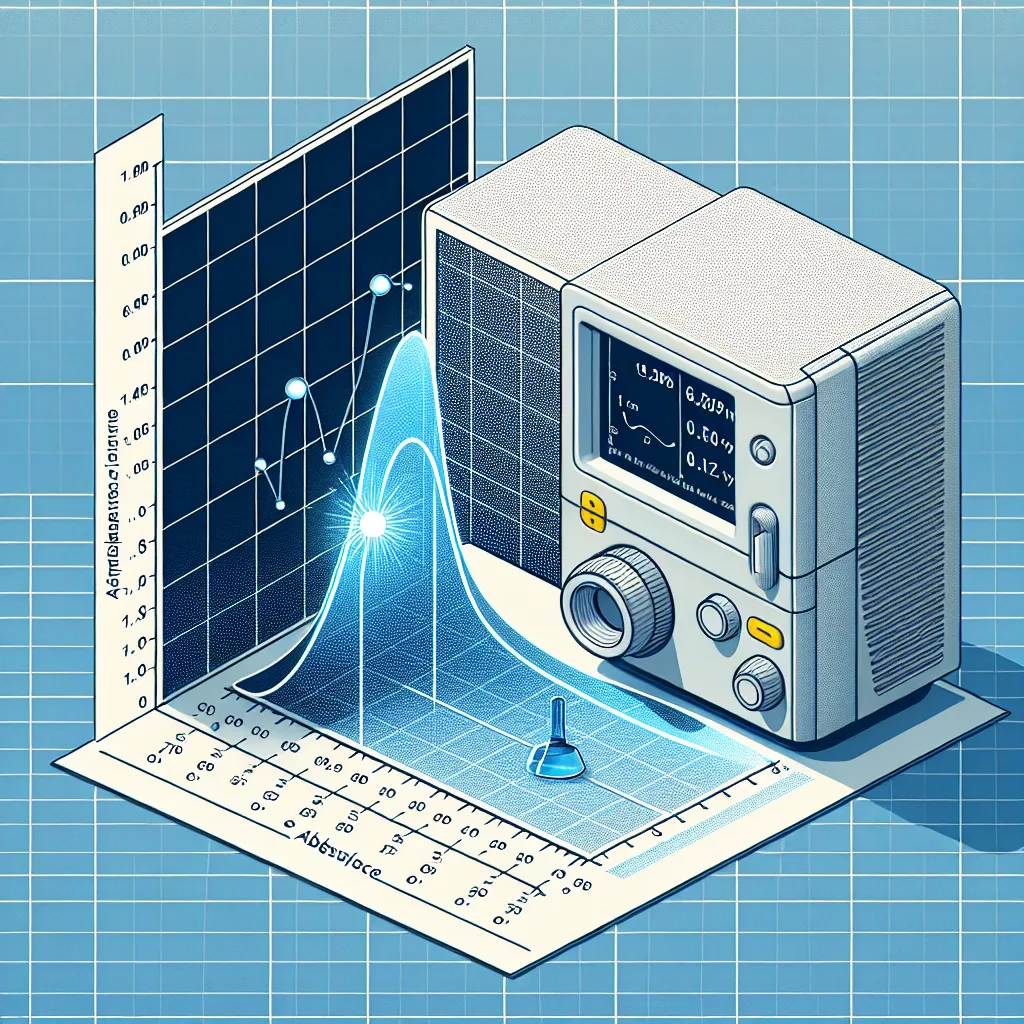
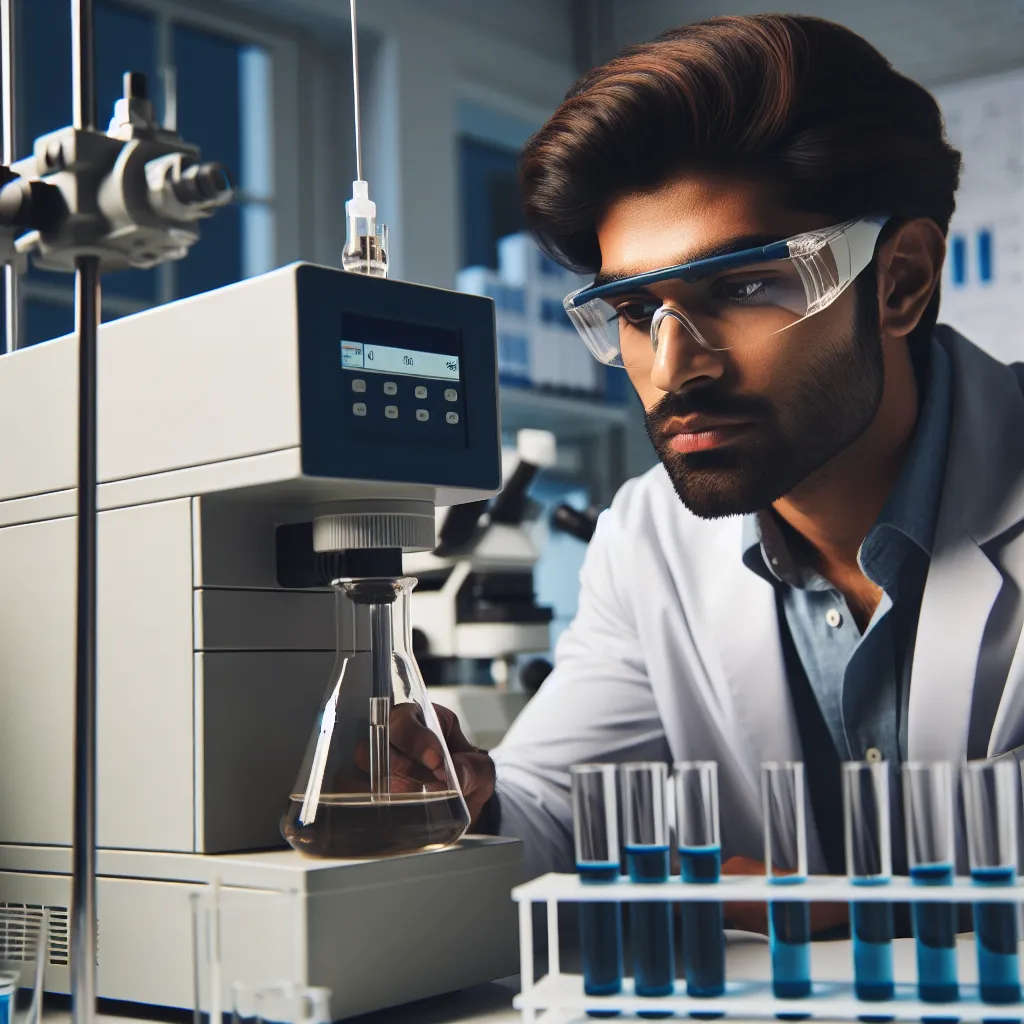
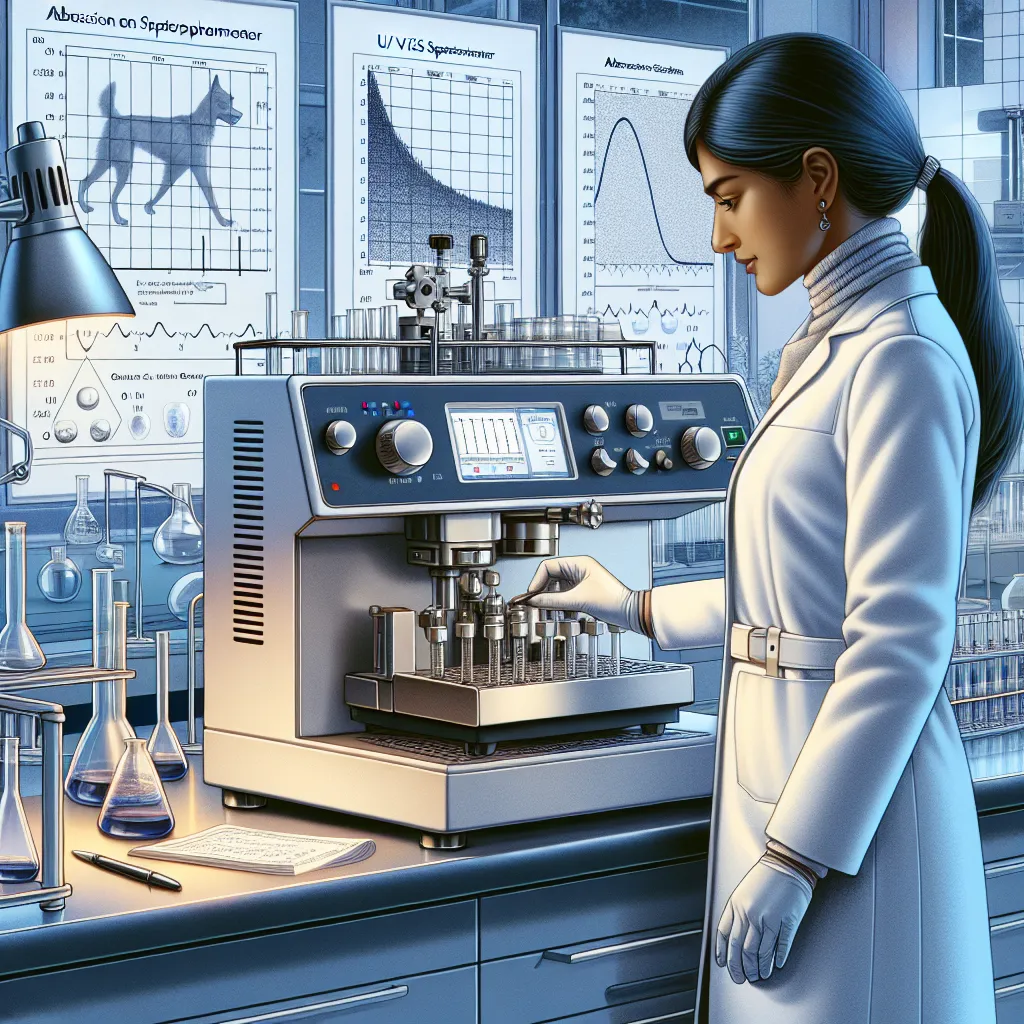
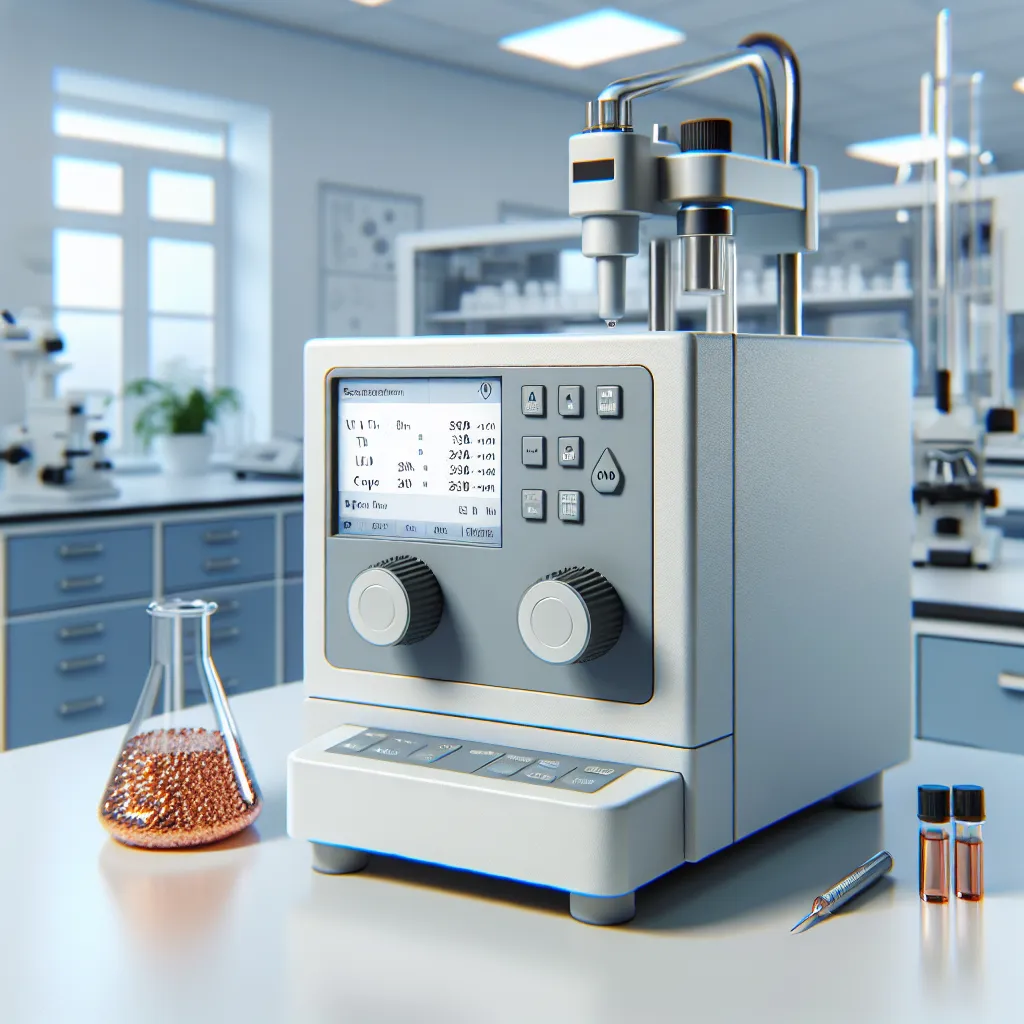
Post your own comment: